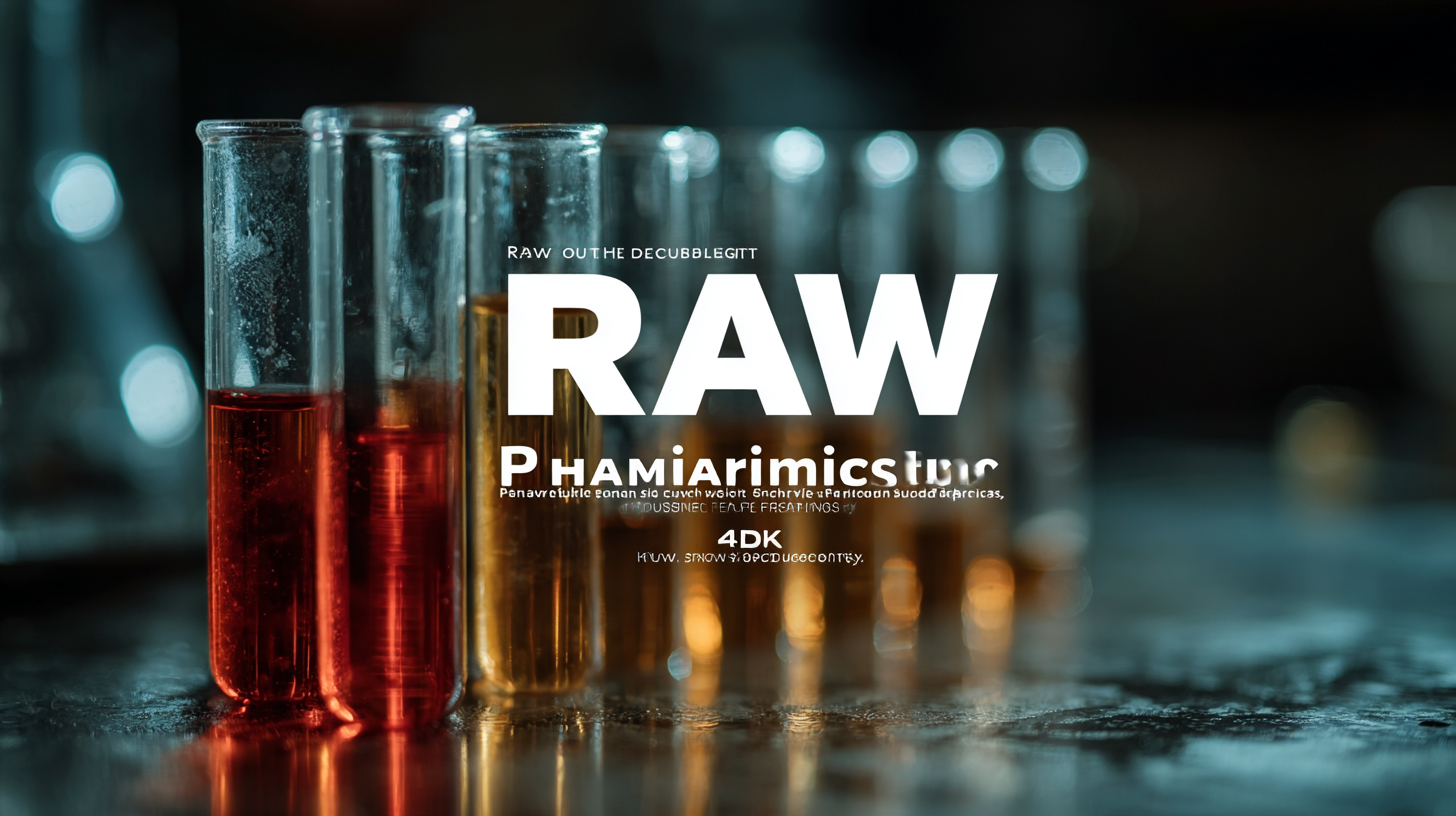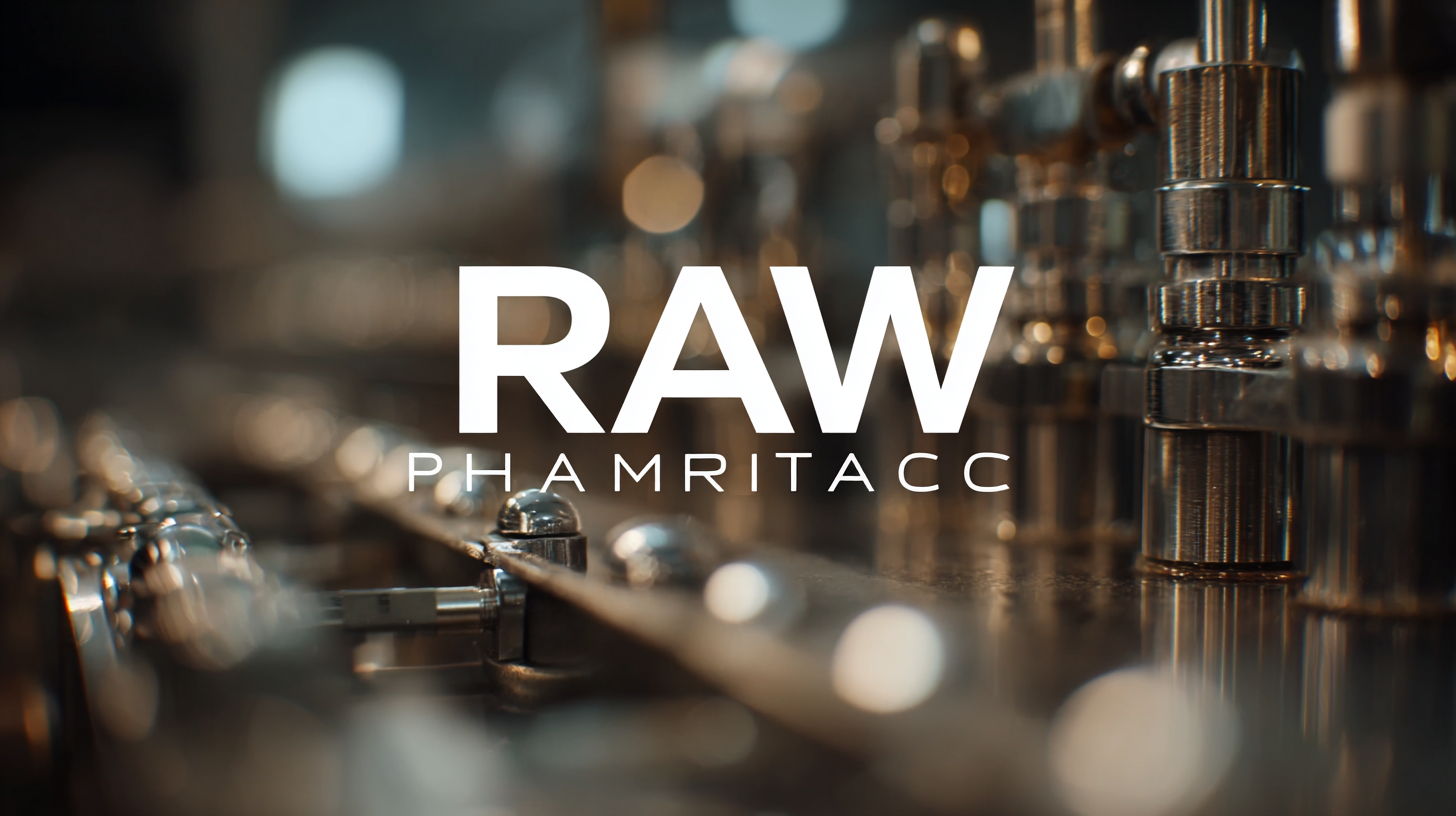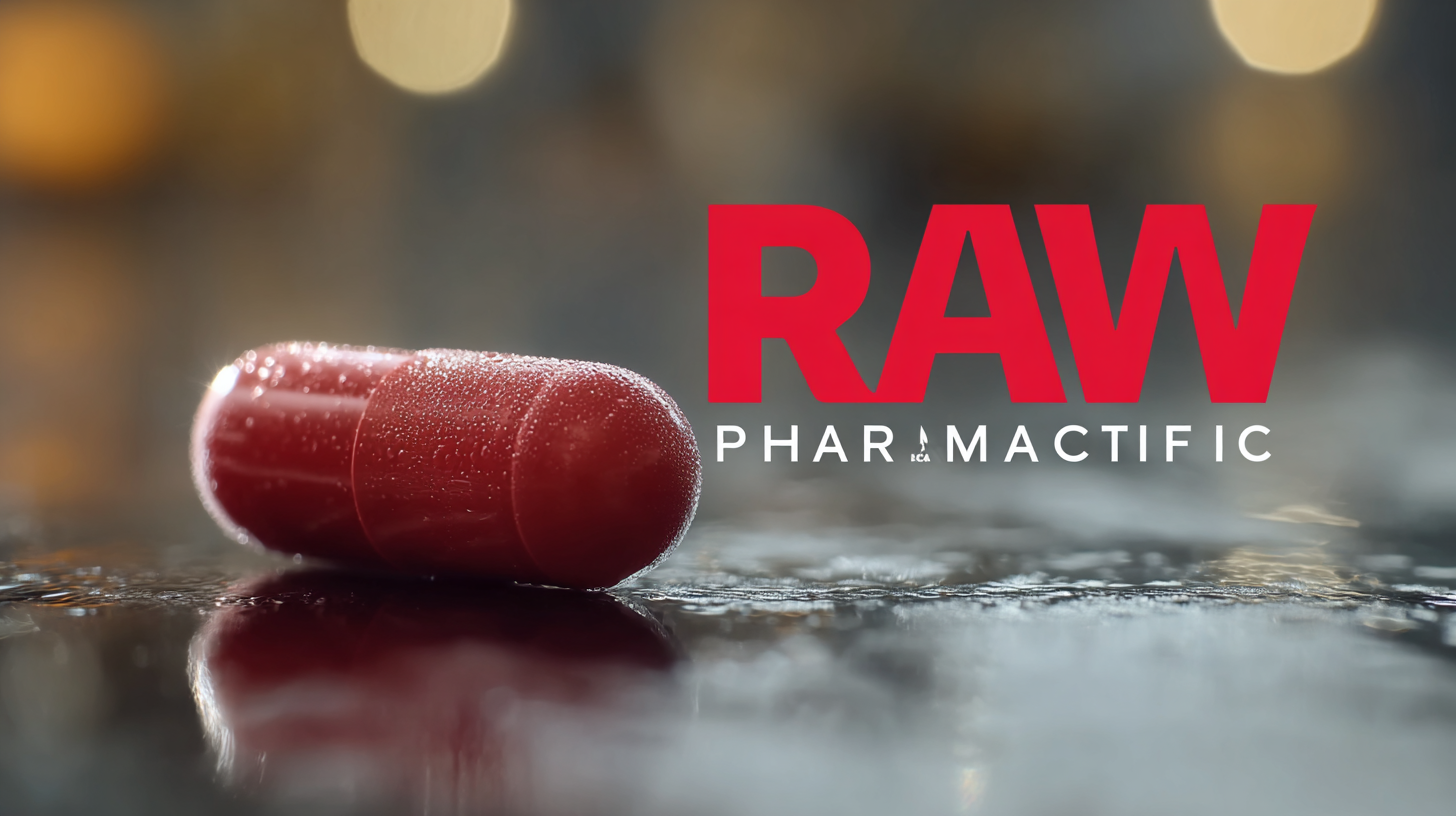
Unlocking the Secrets of Best Raw Pharmaceutical Specifications and How to Choose the Right Supplier
The raw pharmaceutical industry plays a crucial role in the global healthcare market, projected to reach USD 1.5 trillion by 2025, with a CAGR of 7.3% from 2020 to 2025, according to a recent industry report. As manufacturers strive to meet the increasing demand for high-quality pharmaceuticals, selecting the right raw pharmaceutical suppliers becomes increasingly critical. This process involves navigating complex specifications and regulatory requirements that directly impact product safety and efficacy. Furthermore, a study from Grand View Research highlights that 60% of pharmaceutical companies experience challenges in sourcing raw materials consistently, emphasizing the importance of establishing strong supplier relationships. In this blog, we will explore the essential criteria for identifying quality raw pharmaceutical suppliers and provide a comprehensive comparison of the top manufacturers in the industry to help you make informed decisions that align with your business needs.

Understanding Raw Pharmaceutical Specifications Essential for Quality Control
Understanding raw pharmaceutical specifications is crucial for maintaining the integrity and quality of pharmaceutical products. These specifications serve as a benchmark for evaluating the properties of raw materials, ensuring they meet established quality standards prior to usage in drug formulation. Key aspects such as purity, potency, and particle size are meticulously outlined in these specifications. They not only help manufacturers adhere to regulatory requirements but also play a significant role in patient safety and efficacy of the final product.
When choosing a supplier, it's essential to assess their ability to consistently meet raw pharmaceutical specifications. A reliable supplier should provide comprehensive documentation and certificates of analysis for each batch of raw materials, ensuring transparency and traceability. Additionally, a supplier’s quality management system, including their adherence to Good Manufacturing Practices (GMP), should be thoroughly evaluated. This diligence in selecting the right supplier can significantly mitigate the risks associated with material quality and contribute to the overall success of pharmaceutical development efforts.
Unlocking the Secrets of Best Raw Pharmaceutical Specifications and How to Choose the Right Supplier
| Specification Parameter | Description | Importance | Example Values |
|---|---|---|---|
| Purity | The percentage of the active ingredient compared to impurities. | Ensures efficacy and safety of the pharmaceutical product. | ≥ 98% |
| Heavy Metals Content | Levels of toxic heavy metals in the raw material. | Prevents contamination and health hazards. | < 10 ppm |
| Moisture Content | The amount of water contained in the raw material. | Affects stability and shelf life of the product. | ≤ 5% |
| Particle Size | The size distribution of particles in the raw material. | Influences solubility and absorption rates. | 100-300 µm |
| Loss on Drying | The percentage weight loss of the raw material when dried. | Indicates stability and formulation suitability. | ≤ 3% |
Key Parameters in Raw Pharmaceutical Materials: What You Need to Know
Choosing the right supplier for raw pharmaceutical materials is crucial in ensuring the safety and efficacy of drug products. Key parameters that should be carefully evaluated include quality assurance protocols, regulatory compliance, pricing structures, and delivery timelines. As the pharmaceutical landscape evolves, particularly with the rise of artificial intelligence in drug discovery and quality control, companies must prioritize collaboration with suppliers who are not only compliant with current regulations but who also leverage cutting-edge technologies to minimize risk and variability in their raw materials.
In addition to these foundational criteria, manufacturers must consider advanced analytical techniques to assess the purity and composition of raw materials. For instance, recent developments in molecular rotational resonance (MRR) spectroscopy allow for rapid quantification of impurities, such as regioisomers and dehalogenated substances. By utilizing such methodologies, pharmaceutical companies can enhance their quality management systems. Furthermore, the implementation of data analytics can provide insights into raw material properties, facilitating quicker drug development cycles while ensuring that critical materials meet stringent industry standards. This comprehensive approach not only safeguards product quality but also strengthens the supply chain against potential disruptions.
Evaluating Supplier Credibility: Factors to Consider When Choosing
When choosing a raw pharmaceutical supplier, evaluating their credibility is paramount to ensuring the quality and consistency of your products. One key factor to consider is the supplier’s compliance with industry regulations and certifications. Suppliers should hold relevant certifications such as Good Manufacturing Practice (GMP) and ISO standards, which indicate their adherence to high-quality production processes. A rigorous audit of their facilities and practices can provide insight into their operational standards and commitment to quality.

Another crucial aspect to assess is the supplier’s reputation within the industry. Gathering testimonials and case studies from previous clients can shed light on their reliability and service quality. Engaging with industry forums and networks can also help in assessing their standing. Furthermore, it is essential to consider the supplier's ability to provide comprehensive documentation and support, from product specifications to safety data sheets. A transparent communication channel is vital for addressing any concerns and ensuring a smooth partnership, thus reinforcing the importance of thorough supplier evaluation in the pharmaceutical domain.
Best Practices for Sourcing Raw Pharmaceuticals: Tips for Success
Sourcing raw pharmaceuticals requires a strategic approach to ensure compliance, quality, and reliability. According to a report by Grand View Research, the global pharmaceutical contract manufacturing market is expected to reach $157.2 billion by 2025, underscoring the importance of selecting the right supplier in a competitive landscape. To effectively navigate this market, it is crucial to be aware of key best practices.
Tip 1: Conduct Thorough Due Diligence. Evaluate potential suppliers based on their certifications, production capabilities, and quality control systems. Ensuring that a supplier adheres to Good Manufacturing Practices (GMP) can significantly minimize risks associated with raw materials.
Tip 2: Prioritize Communication and Transparency. Establishing a clear line of communication fosters trust and allows for timely updates regarding supply chain changes. A study published in the Journal of Pharmaceutical Sciences emphasizes that transparent supplier relationships can lead to improved product outcomes and faster problem resolution.
Engaging with a reliable supplier can significantly impact the quality of the end product. By adopting these best practices, companies can optimize their sourcing strategies, ultimately leading to enhanced operational efficiencies and compliance with regulatory standards.
Best Practices for Sourcing Raw Pharmaceuticals
Navigating Regulatory Compliance in Raw Material Selection and Supplier Engagement
In the intricate world of pharmaceuticals, navigating regulatory compliance during the selection of raw materials is crucial for ensuring product safety and efficacy. Each jurisdiction has its own set of regulations, which can significantly impact the sourcing of raw materials. Companies must familiarize themselves with national and international standards, such as those set forth by the FDA or EMA, to guarantee that their raw materials meet stringent quality and safety benchmarks. This rigorous understanding helps to mitigate risks associated with compliance violations that could lead to financial repercussions or reputational damage.
Engaging with the right suppliers can further streamline this process, as reputable suppliers typically have a robust understanding of regulatory requirements and possess the necessary certifications. It’s essential to evaluate potential suppliers not just based on cost but also on their compliance history and their ability to provide documentation for regulatory purposes. By fostering strong partnerships with suppliers who prioritize compliance, companies can ensure a steady supply of high-quality raw materials while positioning themselves favorably in the competitive pharmaceutical landscape.

